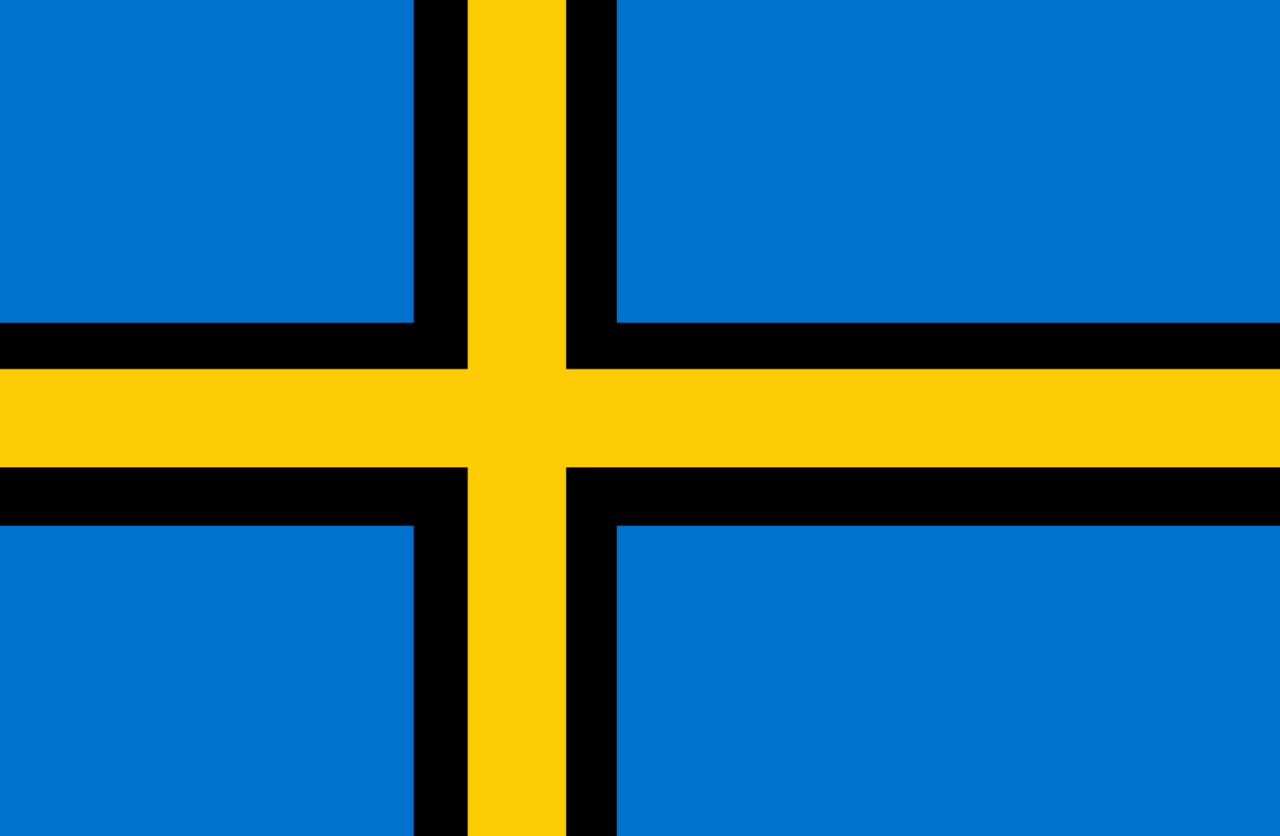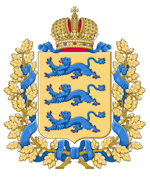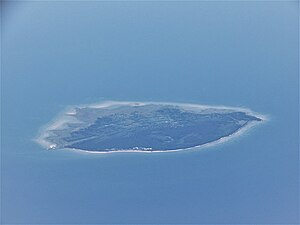Introduction to Ruhnu
The Principality of Ruhnu (Swedish: Runö, Latvian: Roņu sala, Livonian: Rūnõmō) is a small island country in the Baltic Sea, just off the coast of Estonia. Despite its tiny size, Ruhnu has a tight-knit community and a mix of cultures that go way back.
Ruhnu is special in the Baltic Sea area because of its mix of rich culture, beautiful nature, and long history. Our motto, "Unity in the waves of the Baltic Sea," reflects our commitment to harmony and cooperation.

National Symbols
Coat of Arms
The coat of arms of the Principality of Ruhnu features three blue lions (or leopards) on a golden shield, surrounded by an ornate golden border and topped with a royal crown. This design reflects both our Estonian heritage and our sovereign status.
The three lions are a traditional symbol of Estonia, while the golden ornamental border and crown represent our principality's noble heritage and constitutional monarchy under the leadership of Prince Björke I.


National Flag
The flag of the Principality of Ruhnu features a Nordic cross design that honors our unique heritage. The blue background represents the Baltic Sea and our connection to Estonia, while the yellow cross with black borders symbolizes our Swedish cultural influence.
This design is a deliberate hybrid of Swedish and Estonian elements, reflecting Ruhnu's historical position as an island with strong Swedish cultural traditions located within Estonian waters. The flag embodies our dual heritage and unique identity in the Baltic region.
Quick Facts
- Official Name:Principality of Ruhnu
- Capital:Ruhnu
- Largest City:Ruhnu
- Area:11.9 km² (4.6 sq mi)
- Population:12 (estimate)
- Languages:Swedish, English, Latvian, Livonian, Estonian
- Religion:Lutheranism
- Government:Unitary parliamentary semi-constitutional monarchy
- Prince:Björke I
- Established:15 May 2025
History
People have lived on Ruhnu for a very long time. The first known inhabitants were the Livonians, a Finnic people who lived near the Baltic Sea.
In the Middle Ages, the Livonian Order (connected to the Teutonic Knights) controlled the island. Later, in the 1600s, Ruhnu became part of the Kingdom of Sweden. During that time, Swedish culture and language heavily influenced the island, and the Swedes called it "Runö".
After the Great Northern War ended in 1721, Ruhnu became part of the Russian Empire, within the Governorate of Livonia.
When Estonia declared independence in 1918, Ruhnu officially joined the new republic. The population was small but kept strong Swedish traditions for a long time.
During Soviet rule in the 20th century, Ruhnu faced depopulation and isolation like much of Estonia.

The old wooden church of Ruhnu
